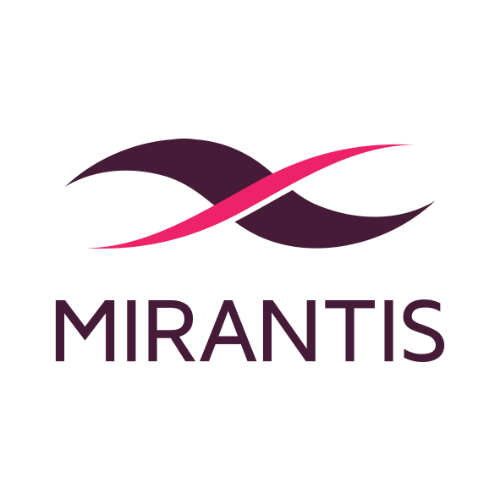OpenStack users are in for a New Year's gift from Mirantis in the form of their newly launched open-source tool, Rockoon. Named after a compound word for “rocket” and “balloon,” the tool will offer a Kubernetes controller for managing OpenStack clouds’ lifecycle. The company has been offering its customers Rockoon services for many years. However, the tool has now been released under an open-source license, a positive step towards infrastructure management.
The Winning Combo for Open Source
The collaboration between OpenStack and Kubernetes is pretty much a necessity across businesses. Both are open-source tools and have been reliable names for managing various infrastructure components, including virtual machines, containers, clouds, and more. Here’s why the world be better for them to come together:
- AI Workloads: As per OpenStack’s highlights, businesses are increasing their demands on the cloud thanks to features like support for hardware acceleration and AI workloads. Partnering with Kubernetes will further streamline the infrastructure for cost-effective AI strategies.
- Blueprint for Open Infrastructure: With both OpenStack and Kubernetes supporting open-source licensing, their collaboration will offer all the right ingredients for open-source infrastructure management. Such open infrastructure are gaining more support from enterprises, including Huawei and H3C.
- Alternative to VMWare: The recent challenges with VMWare, including vendor lock and rising costs, have forced businesses to look for alternatives to migrate their workloads. Therefore, a successful collaboration between OpenStack and Kubernetes would serve best for this purpose.
Redefining Cloud Infrastructure Management
Mirantis has made a name for itself in the market for its commitment to OpenStack and Kubernetes. Releasing Rockoon for an open-source license will reiterate this commitment and establish them as a reliable alternative to VMWare in infrastructure management. Here’s what Rockoon has to offer for simplifying cloud lifecycle management:
- Kubernetes controller:The controller is provided by leveraging specialized Helm charts for OpenStack and OpenStack Helm APIs. Together, the two offer a high-level and versioned abstraction required for lifecycle management.
- Unified API: Different OpenStack services like Nova, Neutron, and more can be managed with a one-stop API that can help with all the various lifecycle operations. This will also simplify automated scalability as the API can easily integrate with automation tools.
- Cluster configurations: The unified API also helps manage cluster configurations for OpenStack and supports features like self-healing, smart upgrades, and complex networking operations. This means that the tool will help automatically detect potential cluster failures and manage network topologies with ease.
The Road Ahead
Reports suggest that almost all VMWare customers seek hypervisor alternatives. Enterprises should plan to give Rockoon a chance to leverage trusted open-source technologies. Mirantis is in a favorable position for businesses given its familiarity with the market and a proven track record of providing past services in infrastructure management. The features offered by Rockoon will help enterprises attain flexible alternatives for open-source cloud lifecycle management. With innovative technologies like AI growing in the market, Mirantis and Rockoon can help modernize infrastructure for future-proof workloads.







